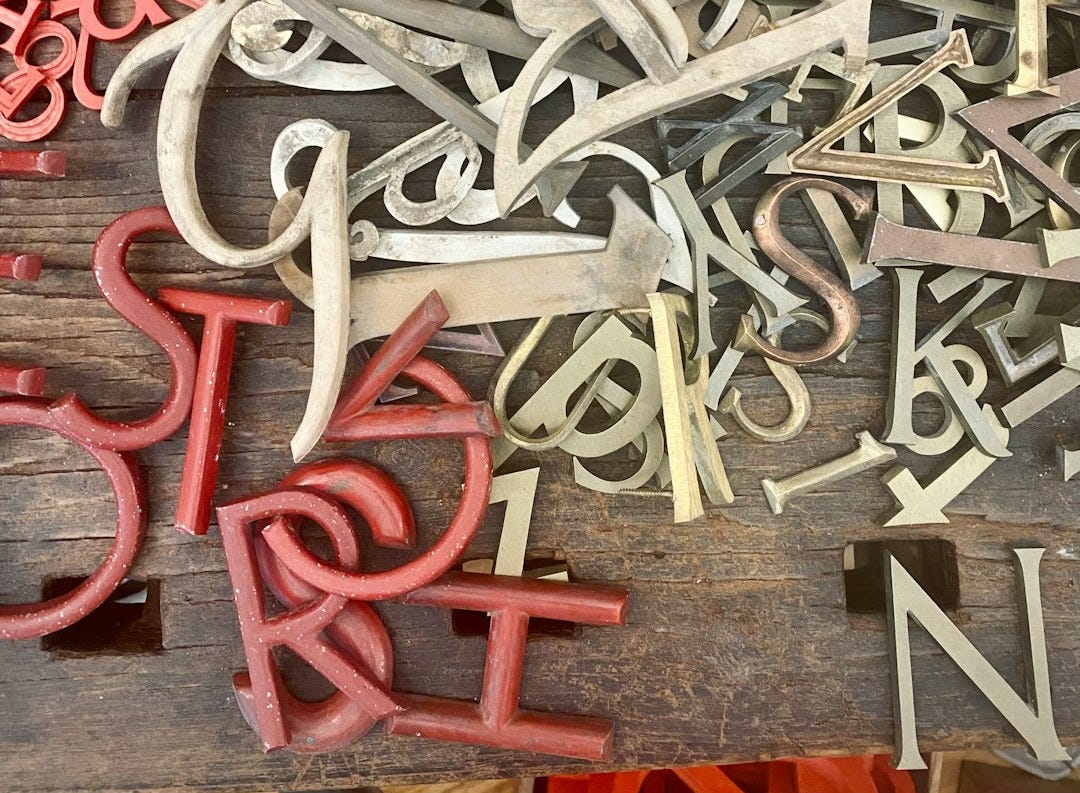
‘The rule of thumb’ is another old, familiar idiom and one that has wrongly gotten a bit of a bad reputation. It’s a very old idiom with some saying that it dating at least as far back as the 1600s and it has a few possible origins and one very false origin which has since been disproved.
First, what is this false origin which has given the innocent turn of phrase a bad report? Well, it accidentally became associated with domestic violence and claims arose that the idiom came as a result of a 1782 lawsuit in England. A judge by the name of Francis Buller is at the center of this claim who is alleged to have said that a man was allowed to beat his wife but only if the rod or stick was no larger than his thumb. However, apart from a cartoon by James Gillray, a political caricaturist, appearing in the press that mocked him over his ruling, there is nothing else to show what the judge really said. This also cannot be the origin of the phrase as the idiom had already been in use long before it. Unfortunately, this incident and a report on domestic abuse in 1982 by the U.S. Commission on Civil Rights titled “Under the Rule of Thumb” have helped to tarnish the idiom.
So where did the idiom come from then? Well, as already mentioned, that is still a matter widely debated. However, here are three very probable origins:
Possibility #1:
This claim is that the ‘rule of thumb originated with carpenters and joiners. As one didn’t always have a ruler on you or within reach, sometimes a thumb would be used as a way of approximation as the breadth of a thumb is close to an inch. The wood would be marked out, taken to where it was needed, and then cut to exact length.
Possibility #2:
The second possibility is very similar to the first only instead of measuring wood, thumbs here are used to measure cloth. When holding fabric in one hand at the tip of one’s nose to the outstretched fabric held between the forefinger and thumb is close to a yard. The type of a fabric can also be judged by the thumbs. It is not an uncommon practice to rub a fabric between your thumb and fingers to feel its texture and temperature of the fabric in relation to the air and use that (along with other factors) to help guess what kind of fibers the fabric was made with.
Possibility #3:
Another very possible origin for our maligned idiom stems from an old technique miller’s use to test freshly ground flour. Similarly to how experienced sewers might rub fabric between their thumbs and fingers, millers would rub the ground flour or meal between their thumb and forefinger to test how coarse or fine the grind is (their profits depended on it).
As two which of these three might be the true origin of our idiom, who knows, perhaps all three. Either way, can we please stop impugning the honour of the ‘rule of thumb’?





I can see why the disproven origin story made the rounds, as it sounds like something circulated by early feminists. But, that aside, I've always championed the first possibility, having used the rule of thumb every now and then on my DIY projects.